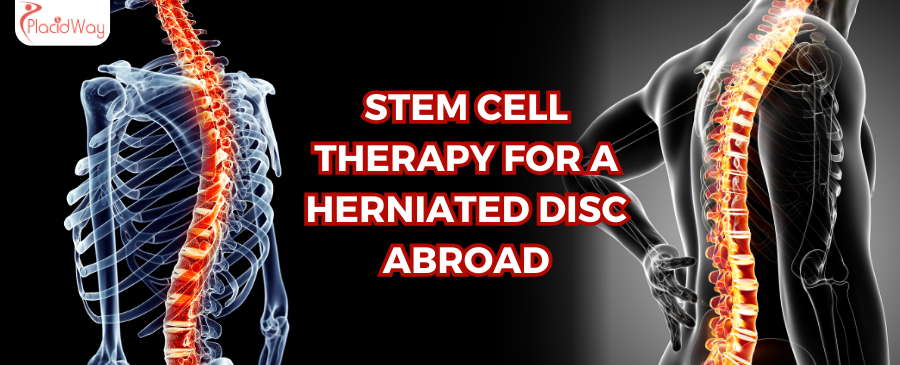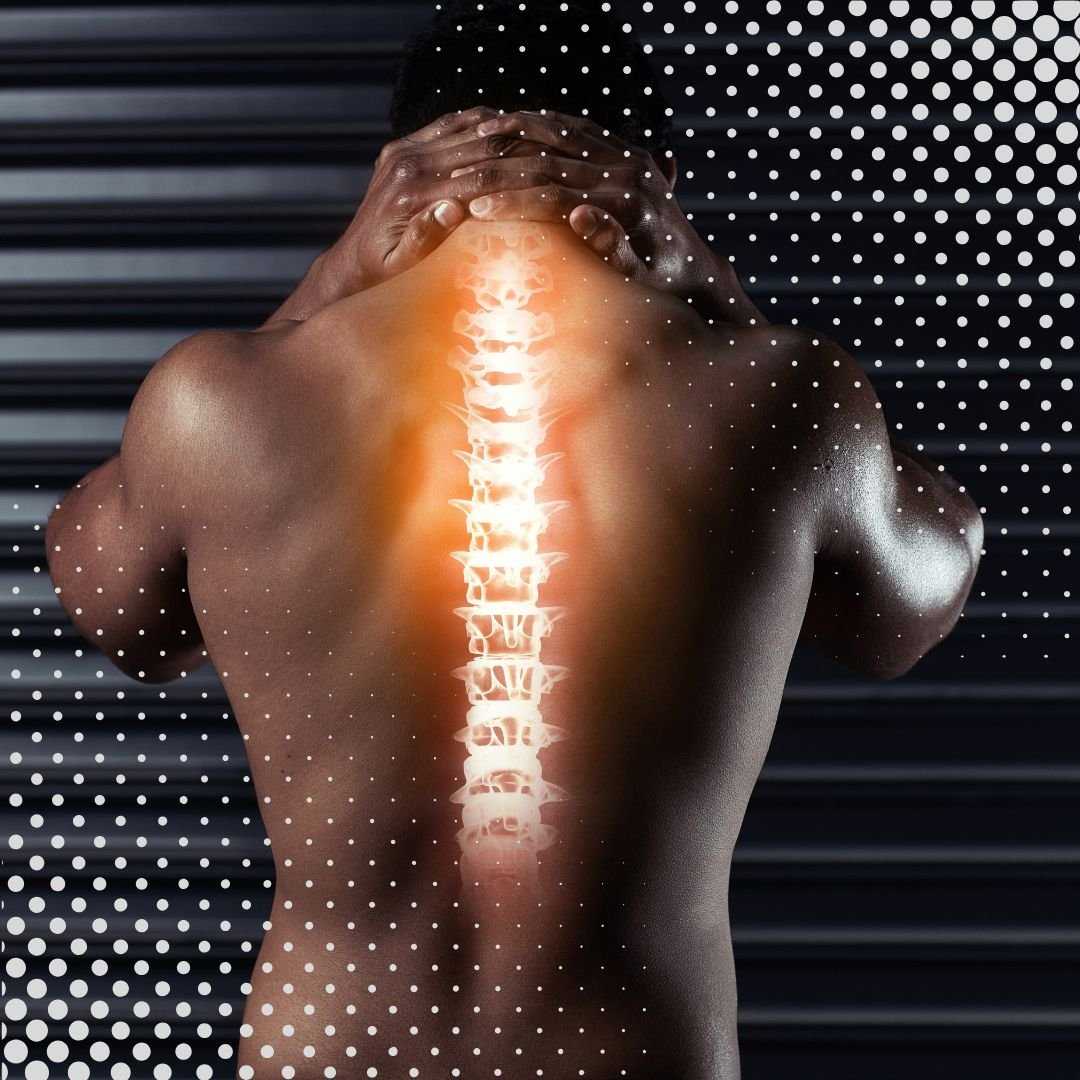
Sharp, shooting pain radiating down your leg. Numbness or weakness that makes simple tasks feel impossible. If you're living with a herniated disc, these symptoms are all too familiar. For decades, the primary treatment options were conservative measures like physical therapy and medication, or invasive procedures like spinal fusion surgery. While these can be effective, they often come with significant downsides, including long recovery times, risk of complications, and no guarantee of complete pain relief. Many people find themselves caught in a cycle of managing symptoms rather than addressing the root cause of the problem—the damaged disc itself.
This is where the field of regenerative medicine offers new hope. Stem cell therapy for a herniated disc represents a groundbreaking shift in how we approach spinal health. Instead of removing disc material or fusing vertebrae, this treatment focuses on healing the disc from within. By harnessing the power of your body's own stem cells, doctors can target the source of the pain, working to repair the damaged tissue, reduce inflammation, and restore function to the spine. It’s a non-surgical approach that offers the potential for long-term healing and a return to an active, pain-free life. For those seeking advanced care, exploring stem cell treatment abroad can provide access to top-tier clinics at a more affordable price point, making this innovative therapy a realistic option for patients worldwide.
What Exactly is a Herniated Disc?
Think of your spinal discs as small, spongy shock absorbers between the vertebrae of your spine. Each disc has a tough, rubbery outer layer called the annulus fibrosus and a soft, jelly-like core called the nucleus pulposus. Due to age-related wear and tear (disc degeneration) or a sudden injury, a crack can form in the outer layer. When this happens, the nucleus can be forced out, or "herniate."
The location of the herniated disc determines where symptoms are felt. For example:
- Lumbar Herniated Disc (Lower Back): This is the most common type. It often causes sciatica—a sharp, shooting pain that travels from the buttock down the back of one leg.
- Cervical Herniated Disc (Neck): This can cause pain, tingling, or numbness in the shoulder, arm, and hand.
The pain isn't from the tear itself but from the disc material pressing on and inflaming the spinal nerves.
How Does Stem Cell Therapy Work for a Herniated Disc?
The procedure uses mesenchymal stem cells (MSCs), which are typically harvested from your own bone marrow or adipose (fat) tissue. These MSCs are the body's master repair cells. Once injected into the degenerated disc under precise X-ray guidance, they initiate a powerful healing cascade.
The stem cells perform several key functions:
- Powerful Anti-Inflammatory Action: They release proteins that calm the inflammation around the affected nerve root, which is a primary source of pain.
- Tissue Regeneration: They can differentiate into new cartilage cells (chondrocytes) and signal the existing disc cells to produce more of the proteins that make up the disc's structure, helping to repair the tear and strengthen the disc.
- Pain Modulation: They release molecules that can directly interfere with pain signals, providing relief.
Essentially, the goal of regenerative medicine for back pain is not just to mask the symptoms but to heal the underlying injury and restore a healthier spinal environment.
What is the Cost of Stem Cell Therapy for a Herniated Disc?
Since stem cell therapy is still considered an emerging treatment, it is not usually covered by health insurance plans. This makes cost a critical factor for patients. The price difference between countries is largely due to variations in healthcare system costs, regulatory expenses, and labor, not a difference in quality.
Many international clinics that cater to medical tourists are JCI-accredited, meaning they adhere to the highest international standards of patient care and safety. This allows patients to receive cutting-edge stem cell therapy abroad at a much more accessible price point.
| Region | Average Cost Range (USD) per Disc | Notes |
|---|---|---|
| United States | $8,000 - $20,000+ | Highest costs globally; insurance rarely covers it. |
| Germany / Western Europe | $7,000 - $18,000 | High standards but also high operational costs. |
| Mexico / Latin America | $5,000 - $12,000 | Established medical tourism destinations with modern facilities. |
| Thailand / Malaysia | $6,000 - $15,000 | World-class hospitals offering competitive pricing. |
Am I a Good Candidate for This Treatment?
This treatment is not for everyone. Ideal candidates generally have:
- Chronic Pain: Persistent pain for over three months that affects quality of life.
- Confirmed Diagnosis: An MRI that clearly shows a disc herniation or degenerative disc disease corresponding to their symptoms.
- No Severe Spinal Instability: The procedure is best for contained herniations. It may not be suitable for severe spinal stenosis or conditions requiring surgical stabilization.
- Good Overall Health: Patients should be free from active cancer, systemic infections, or blood disorders.
It's crucial to have a thorough evaluation by a physician specializing in regenerative orthopedics to determine if non-surgical back pain relief with stem cells is the right path for your specific condition.
Stem Cell Therapy vs. Spinal Surgery: What's the Difference?
Spinal surgery can be very effective for relieving nerve compression, but it comes with higher risks, such as infection, nerve damage, and adjacent segment disease, where the vertebrae above and below a fusion break down faster. The recovery from surgery is also extensive, often taking 6-12 months.
Stem cell therapy for herniated disc, on the other hand, is an injection-based procedure with a much lower risk profile and a significantly faster recovery. Patients typically return to normal activities within a few days to a week. The goal of stem cell therapy is to preserve the spine's natural anatomy and function, not alter it.
Ready to Find a Solution for Your Back Pain?
Don't let a herniated disc control your life. PlacidWay is your trusted partner in exploring safe, effective, and affordable stem cell treatments at leading clinics around the world. Discover your options for non-surgical back pain relief today.
Stem Cell Therapy Abroad





.png)
.png)



Share this listing